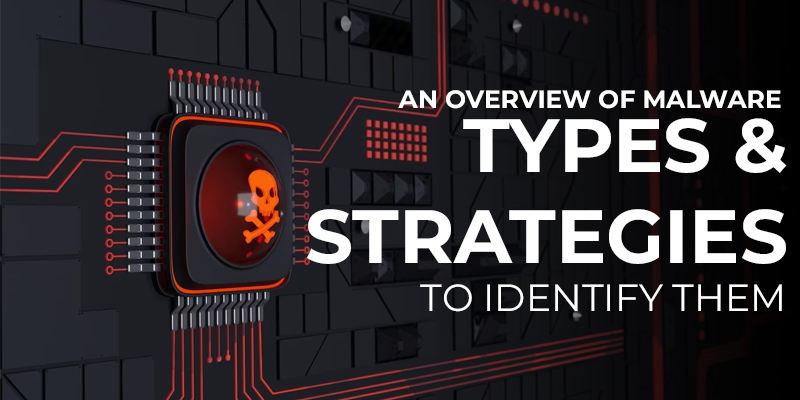Were you aware that in 2018, an American software company identified over 246 million new malware variations?
It is for sure that no device is resistant to malicious software or infections. These pose a threat to the security of your devices and can compromise their functionality. Malware can steal data and gain access controls by exploiting and disrupting your systems, devices, and networks, thereby causing harm to your computers.
Irrespective of your level of knowledge regarding malware or its removal, it is crucial to have a clear understanding of its categorization to prevent or eliminate it.
Rousant Systems offers professional virus removal and various laptop services in Chennai, effectively safeguarding your devices. Their malware experts provide valuable antivirus guidance to help you fend off the threat of damaging viruses and malware.
Let’s explore deeper into the specifics to learn more about the different types of malware and how to identify and eradicate them.
An Overview Of Malware Types:
Malware is harmful software encompassing worms, viruses, Trojans, and other detrimental applications. Hackers and spammers employ these malicious programs to compromise your data and, more critically, infiltrate confidential and sensitive information.
Experts identify malware as software that exhibits a propensity to harm or disrupt a system rather than designating it based on specific technology or techniques employed in its creation.
Malware Types:
Malware can be classified into numerous categories, typically based on its propagation speed. While worm, virus, and Trojan are used interchangeably, they exhibit subtle distinctions in how they infect systems.
- A virus fundamentally consists of computer code capable of fixing itself within the code of other independent programs. It induces these programs to engage in harmful actions and propagates rapidly.
- Similarly, a worm is malicious software that proliferates by replicating itself, enabling it to infect multiple devices concurrently.
- In contrast, a Trojan doesn’t replicate like a worm or virus. Instead, it deceives users into taking actions they desire. Once triggered, the malware becomes active, causing system damage and swift dissemination.
Here’s an overview of some prevalent forms of manually installed malware that might be present on your computer:
Spyware:
Webroot Cybersecurity reports that most unsuspecting users fall prey to “Spyware.” Hackers install this type of malware on your system to gather data secretly.
The primary purpose of this malware software is to spy on your device and other devices to capture the system’s information and share it with an unknown third party.
Keylogger:
An unknown party can access your passwords through this malware software by capturing your keystrokes.
Rootkit:
Through this software, one can access and even effectively control your computer from another device. It is often referred to as administrative-level control and requires a manual installation.
There are many malware software out there, like Adware, Ransomware, Cryptojacking, Malvertising, etc., which have techniques to collect your system data remotely.
How To Identify And Prevent Malware?
Malware detection and prevention are essential in safeguarding your computer systems. The primary source of malware infections often stems from phishing emails. Therefore, it is imperative to fortify your email security and ensure that your users are well-informed about identifying malicious software.
Encourage users to exercise caution when examining attached documents and to limit risky behaviors. Additionally, you can implement various technical safeguards to protect your system. It includes regularly applying patches and updates and conducting vulnerability assessments on your digital infrastructure to enhance data security.
Utilizing advanced visibility tools can be instrumental in identifying unusual activities within your network. These tools are pivotal in identifying malicious software and alerting you to potential malware infections.
Eliminating viruses or malware poses a formidable challenge, with the approach differing according to the specific type of malicious software that has infiltrated your computer. Seeking professional assistance, such as that offered by Rousant System, the best data recovery center in Chennai, is advisable for combating pernicious software like rootkits, and ransomware.
